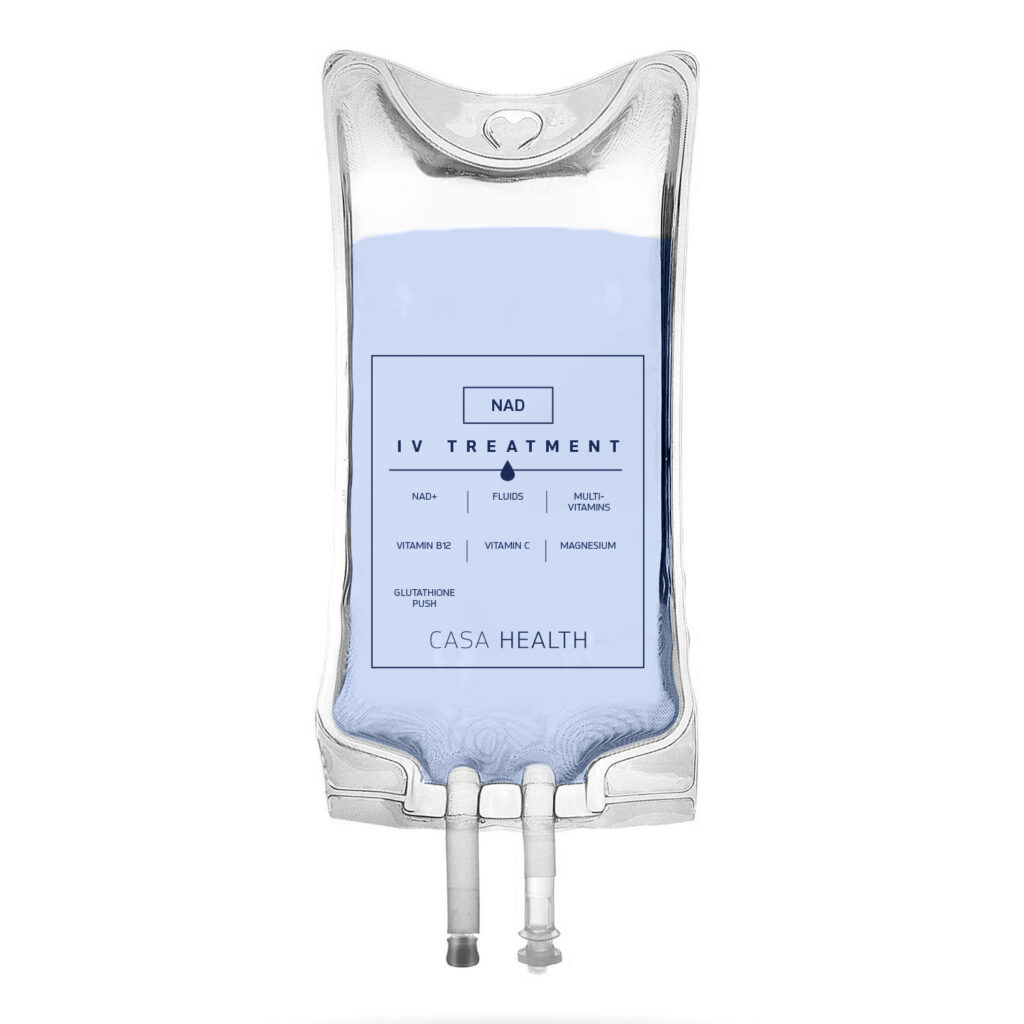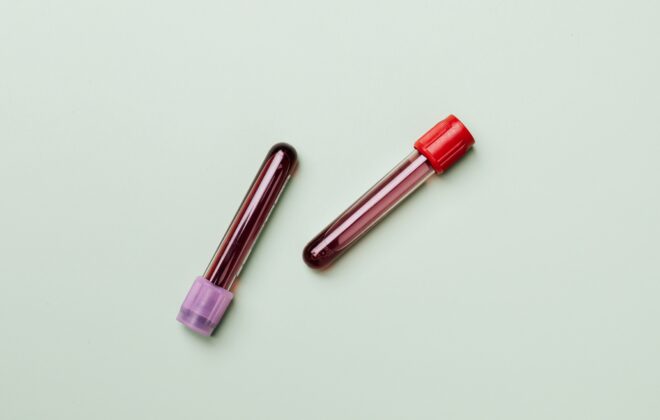How Effective Are NAD Nasal Sprays?
All living cells contain the chemical known as NAD, or nicotinamide adenine dinucleotide, which is crucial for energy metabolism. In recent years, David Sinclair’s Harvard research has drawn much attention to the compound after identifying its potential ability to increase energy levels, enhance mental clarity, and support general health and wellness.
As more people search for ways to integrate NAD into their wellness routine, many are now hearing about nasal spray options and asking if they work, thinking some NAD is better than none. And, let’s face it, some people don’t really love the thought of the IV version.
Here’ what you need to know – NAD’s effectiveness is influenced by its dosage and distribution strategy. Let’s examine both variables and how they affect NAD’s efficacy.
NAD quantity:

Age-related declines in NAD levels in the body are hypothesized to be prevented by supplementation, which also promotes optimum health. The precise quantity of NAD needed to reap these advantages is not yet understood, though. The daily doses utilized in some research ranged from 50 mg to several grams, while those that employed much larger doses.
In general, the potential for effectiveness increases with dose. IV options range from 100mg to 1,000mg, with the impact of those ranging drastically. It’s crucial to remember that bigger doses could also make negative effects more likely, but those can be mitigated by doing a slower drip. Your practitioner should be well versed in these tradeoffs to help you make the best choice for you.
NAD Delivery Method:
There are several different ways to take NAD supplements, including pills, liquids, and nasal sprays. The intravenous (IV) infusion form of administration is the most efficient. This is because IV administration avoids the digestive system, which might lower the amount of NAD that reaches the cells, and permits 100% absorption. Depending on the patient and the dose, the precise amount of NAD administered by IV infusion might range from several milligrams to several grams.
Another option for supplementing NAD is nasal sprays. They offer a practical and non-intrusive method of delivering NAD straight to the bloodstream. Depending on the user and the dose, the precise amount of NAD supplied through nasal sprays may vary, but it is usually significantly less than IV administration. Most commonly available dosage is 30mg a spray, making it far less impactful. Additionally, the body cannot absorb as much as it can when compared to IV delivery.
In conclusion, the quantity and delivery mechanism of NAD affect its effectiveness. The most intrusive delivery method is IV, but it is also the most successful. Nasal sprays and other supplemental methods can still be beneficial, but the precise quantity of NAD needed and the likelihood that they will be effective will depend on the user and the chosen delivery route. As always, before beginning a new supplement program, speak with your doctor.



